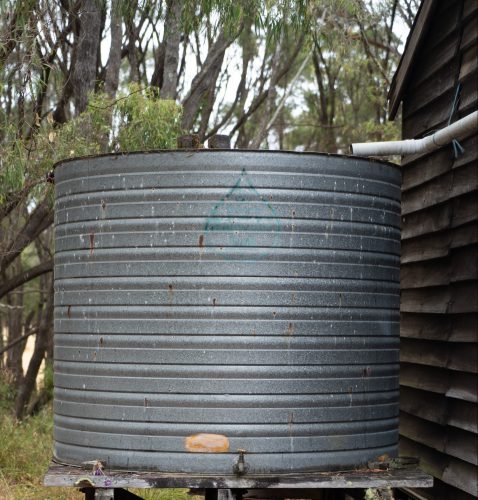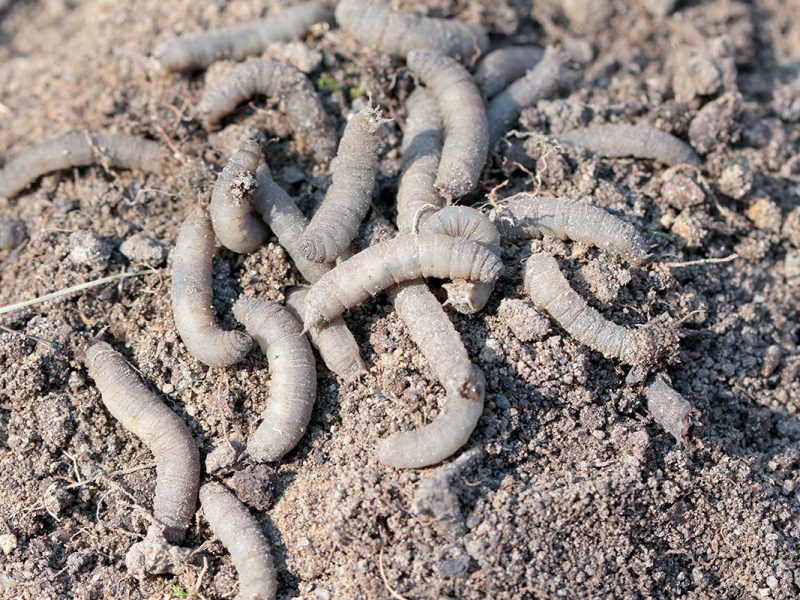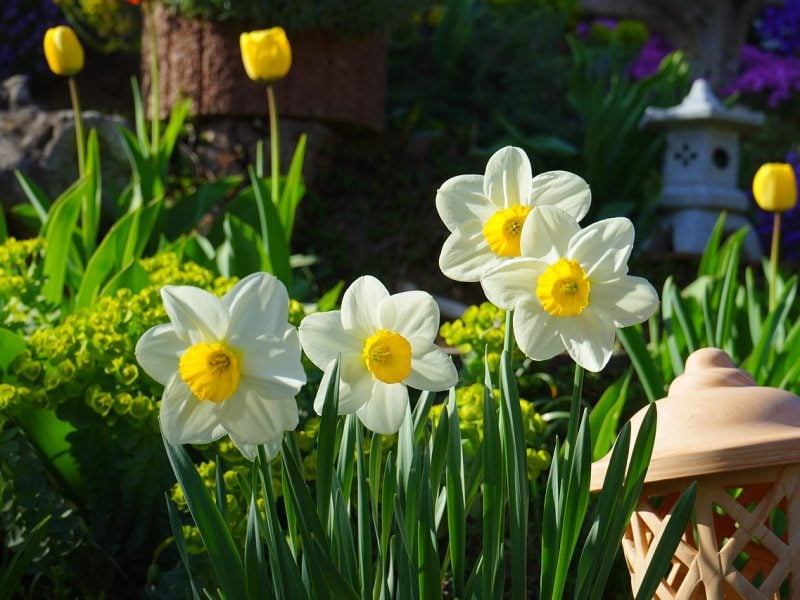As we move towards the end of September, there is the unmistakable feel of autumn in the air – with leaves changing colours and the nights drawing in.
While the first official day of autumn isn’t until the 23rd of September, the height of summer already feels long ago. As such, one thing we’d love to know is how will you remember summer 2022?
We feel that many of you will respond with summer 2022 being hot, dry and (potentially) ruinous to your lawn! The Met Office reports that this year we experienced the driest and hottest July, countrywide, since 1935.
The prolonged periods of heat and drought were particularly worrying for people who love their lawn, especially those in areas experiencing a hosepipe ban. For this reason, we’d like to take a moment to sing the merits of garden water butts, in the hope they will keep us all in better stead next year.
Why you should consider installing a water butt
Every year about 85,000 litres of rainwater hits the roof of the average-sized house in the UK. That’s enough to fill about 850 bathtubs or to take one 212 hour shower (imagine how pruney you’d be!). In most homes, this water is channelled along gullies and guttering and down into a drain where it is sent off to the local sewage treatment facility, despite being perfectly usable for horticultural needs.
Whether you collect some of the water that falls onto the roof of your house, a shed or greenhouse, or from a funnel above the butt, there are quite a few advantages to doing so:
Cost
Presently, in the UK, the cost of 1 cubic metre of water (1,000 litres) is about £3.08. This means if you could capture and store every drop of rain that touched your roof each year you’d save somewhere in the region of £261.80 annually.
Of course, this is not practically convenient for most of us. However, some water butts are available for as little as £30 and considering even a cheap one will last for many years they could save you a little bit of money in the longer run.
It’s also worth checking in with your water company, some offer discounts and rebates for customers who use water butts or soakaways.
Environment
As The Wildlife Trusts state: “If we all do our part in saving precious water supplies, we can make a huge difference for the environment.” Using less tap water means less water will be diverted from rivers, reservoirs and other sources, which will help to keep the environment healthy.
Conserving water also leads to a reduction in the amount of energy consumed by pumping and treating water — both from when it enters your house through the taps to when it leaves through your drains.
Avoid hosepipe bans
Perhaps the most persuasive reason to consider installing a water butt is the fact that they can help you look after your lawn during hosepipe bans. Hosepipe bans only apply to water supplied to your home by your provider – any water you collect from rainfall can be used however you wish. It could be that the modest amount of water you collect in a butt is the thing which saves your lawn and garden plants from turning brown next year.
Selecting a water butt
There are a few different types of water butts commonly available on the market. Most come with an optional diverter which will allow you to easily collect water from your downpipe – making them easy and inexpensive to install.
The most common types you will find include wall-mounted butts, which are designed to save space and can be a perfect option for smaller gardens where space is of premium. They might also be a good option for a front garden, to save you having to cart water from a larger butt at the rear of the house.
Large plastic water butts tend to provide the best value for money as they store the most water relative to cost. However, consumers may prefer to opt for water butts made of other materials such as steel or terracotta based on considerations of durability and aesthetics.





